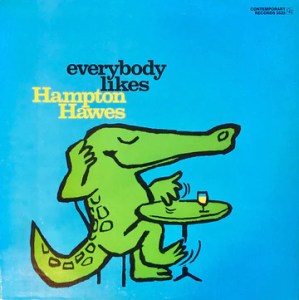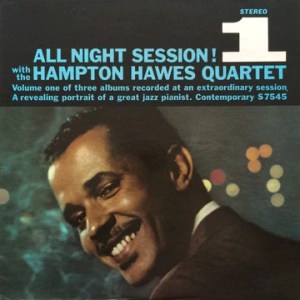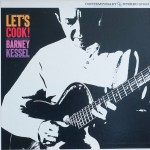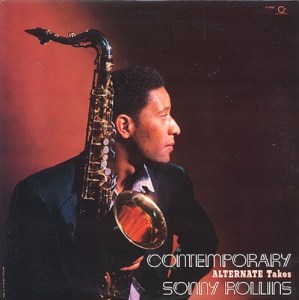
- You’ll have a hard time finding a copy that sounds remotely as good as this vintage Contemporary pressing
- One of our favorite Sonny Rollins records for sound – both sides here are incredibly big, full-bodied and Tubey Magical
- 4 1/2 stars: “This LP contains alternate versions of selections from two famous Sonny Rollins albums: Way out West and Sonny Rollins and the Contemporary Leaders. These ‘new’ renditions… hold their own against the classic versions. [T]he music is hard-swinging and frequently superb.”
- If you’re a 50s and 60s jazz fan, this Must Own compilation of recordings originally released in 1958 surely belongs in your collection
The album is made up of alternate takes from the Way Out West and Sonny Rollins and the Contemporary Leaders sessions, and as such there is a bit of sonic variation between these tracks and the ones on the actual albums. The best-sounding songs here, particularly the material from Way Out West, can sound amazing.
All Tube in ’58
The best copies are rich and tubey; many pressings were thin and modern sounding, and for that they would lose a lot of points. We want this record to sound like something Roy DuNann recorded with an All Tube chain in 1958, and the best copies give you that sound, without the surface noise and groove damage the originals doubtless suffer from.
Some copies have much more space; some are more present, putting the musicians right in the room with you; some are more transparent, resolving the musical information much better than others, letting you “see” everyone in the studio clearly. Some have more rhythmic drive than others. On some the musicians seem more involved and energetic than they do on the average pressing.
The copies that do all these things better than other copies are the ones that win our shootouts.
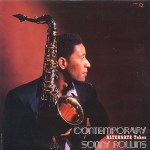
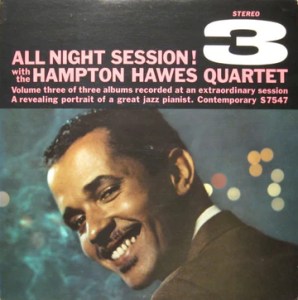
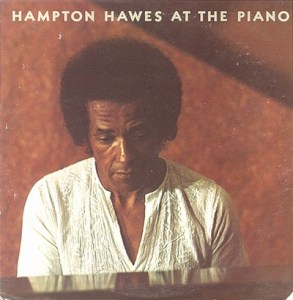
 More of the Music of Hampton Hawes
More of the Music of Hampton Hawes
